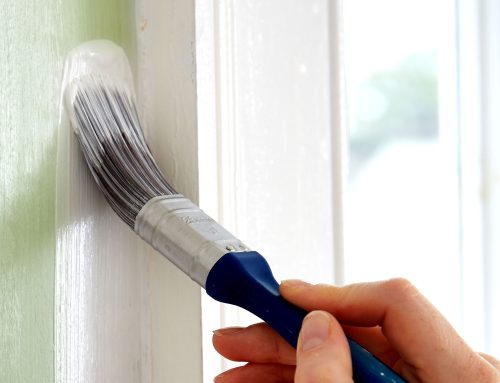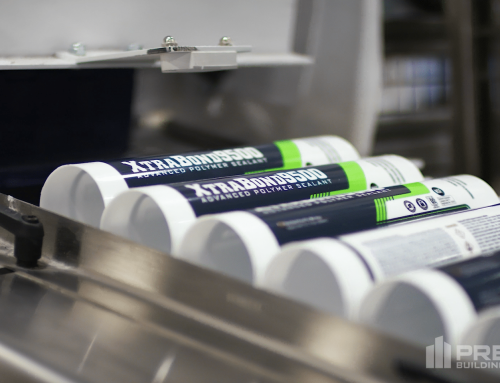Sealants are the unsung heroes of modern construction. They protect buildings from moisture, air infiltration, and environmental wear while maintaining both performance and aesthetics. But even the highest-quality sealant can fail if it’s not applied correctly or used under the right conditions.
From adhesion loss to cracking and shrinkage, most sealant failures stem from a few preventable issues often tied to surface preparation, temperature, or joint movement. Understanding these root causes can help contractors avoid costly callbacks and ensure their work stands the test of time.
The Silent Culprit: Adhesion Loss
Few things are more frustrating on a jobsite than a sealant that won’t stick. Adhesion loss occurs when the sealant pulls away from one or both sides of the joint, leaving an open path for water or air infiltration.
This issue almost always traces back to improper surface preparation. Dust, oil, moisture, or old residue can interfere with bonding. Skipping primer or using the wrong one can also lead to failure.
To prevent adhesion loss, surfaces should always be clean, dry, and sound before application. Verify compatibility between materials, and ensure the joint’s movement capability aligns with the sealant’s performance rating.
Cracking and Splitting: When Flexibility Fails
Cracking occurs when a cured sealant becomes too rigid to handle the natural expansion and contraction of building materials. Temperature extremes can make this worse, especially when applied in cold weather.
If a bead is applied too thin or without proper backer rod support, it loses its ability to flex, leading to cracks over time. Once that flexibility is gone, the sealant can no longer perform its protective function.
To prevent this, follow joint design best practices. Maintain correct width-to-depth ratios, use a high-quality backer rod, and apply within the temperature range recommended by the manufacturer.
Shrinkage: The Invisible Failure
Some sealant failures aren’t visible right away. Shrinkage happens when the cured bead recedes or pulls away from the substrate, often weeks after installation.
Common causes include using outdated material, applying too thick of a bead, or working with solvent-based products that cure too quickly. Even minor mixing errors can contribute.
Avoid this by checking expiration dates, storing products correctly, and applying in consistent, even passes.
Discoloration and Dirt Pickup
While not always structural, discoloration can quickly detract from a building’s appearance. Dirt pickup or staining often occurs when the sealant reacts with surrounding materials or UV exposure. Other times, it’s caused by applying over damp substrates or uncured coatings.
To minimize discoloration, use UV-resistant sealants for exterior applications, allow coatings to cure completely before sealing, and tool with approved agents only.
Field Lessons and Best Practices
Experienced installers know that long-term performance depends on attention to detail. Every successful application starts with a consistent process:
Clean the substrate.
Apply primer if required.
Install backer rod or bond breaker tape.
Apply sealant evenly.
Tool for full contact and finish.
Inspect before moving on.
Environmental factors matter too. Record temperature, humidity, and substrate conditions as part of quality control documentation. These small steps can make a big difference in sealant longevity.
Build Better with Premier
Sealant failures don’t happen overnight. They happen when fundamentals are overlooked. The good news is that every one of these issues can be prevented through proper preparation, application, and the use of trusted, high-performance materials.
At Premier Building Solutions, we engineer our sealants to perform under the toughest conditions. Combined with proper application techniques and on-site best practices, our products deliver reliable adhesion, lasting flexibility, and a seal you can trust.
Ready to learn more? Explore our full line of professional-grade sealants and adhesives at PremierBuildingSolutions.net.



















Leave A Comment